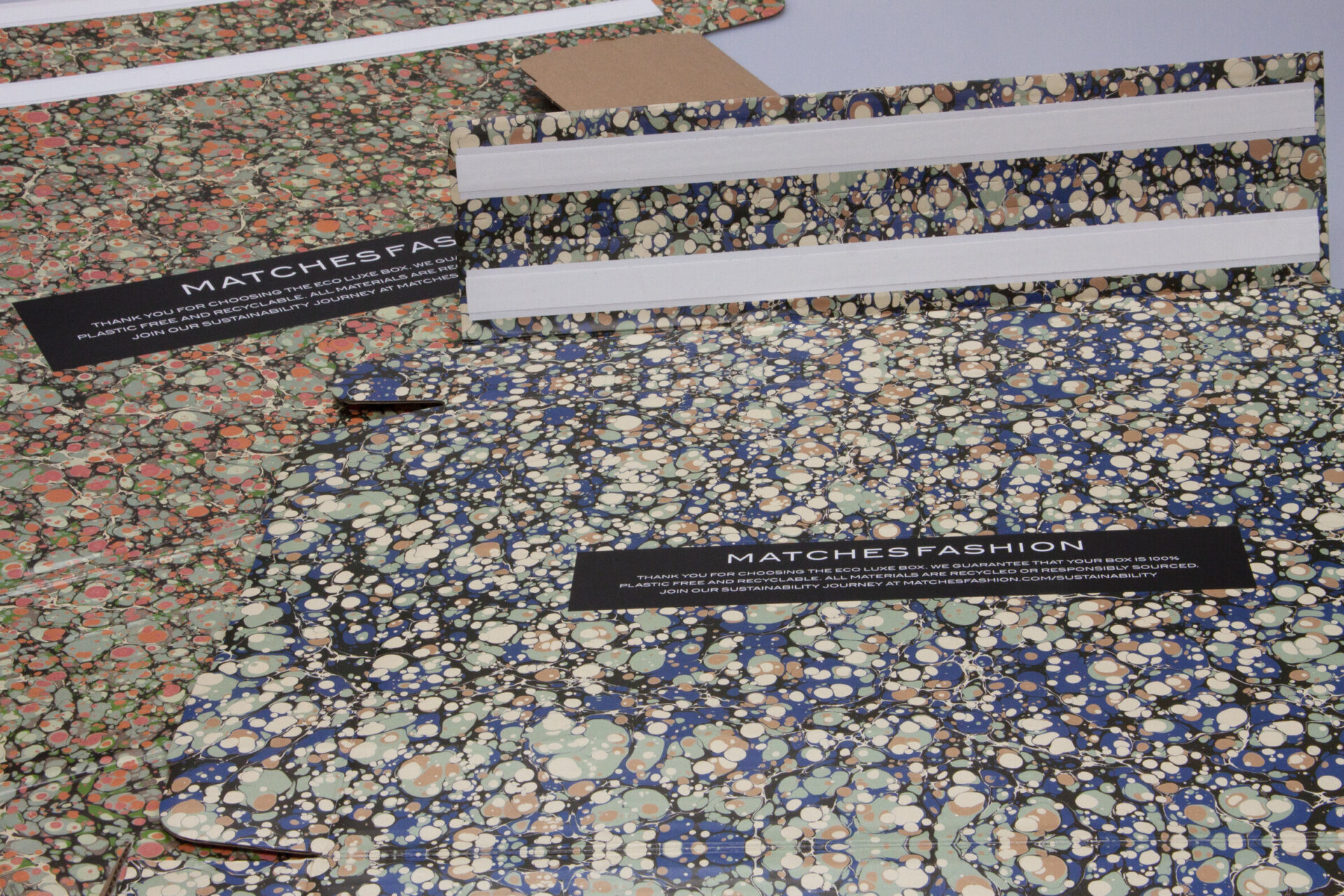Both businesses and individuals alike will be welcoming the New Year with relief following the extent of uncertainty and disruption of the past months.
Of course, none of the challenges faced in 2020, including the coronavirus pandemic, extreme weather events, political uncertainty and an economic downturn was magically resolved as the clock struck twelve.

But what we have entered the New Year with is a sense of optimism thanks to some finalised political decisions and despite a surge in cases in recent weeks, COVID-19 vaccines are beginning to be approved and rolled out.
And consequently, businesses have gained some invaluable commercial lessons from it all which will go on to inform our plans going forward. Plans that include ways to better the world we live in, especially having now experienced just how bad it can get.
At least that’s the view of Robert Lockyer, CEO and founder of Delta Global, a packaging solutions provider for luxury retail brands in the fashion and beauty space. In this piece, he urges that brands’ New Year’s resolutions should include commitments to the environment that will pave the way for a sustainable future.
While many will be awaiting the day 2020 is merely a distant memory, we must understand that it has created some permanent changes to the commercial landscape, including in business operations and consumer behaviours.
As a result, businesses must take from it lessons that will inform the way in which they proceed and prepare for a more responsible and robust future. And this will not be possible without commitments to reducing the environmental impact of not only each individual business, but also their respective industries as a whole.
In fashion in particular, the cost to the environment is alarming. The industry emits 1.7 billion tonnes of CO2 per year, globally. And if it continues at this rate, its greenhouse gas production will surpass 50% of the world’s carbon emissions by 2030.

There is clearly an urgent need for businesses to take action now in order to combat the damage that could be caused. And despite under unfavourable circumstances, the cancellation of fashion shows, fewer seasonal collections to cater to the slowed down lifestyles of consumers and remote work practices all helped to reduce some of the industry’s environmental impact last year.
Whether that was because of reduced air miles due to travel restrictions, or less textile waste for example, it has all contributed to a step in the right direction. But businesses now need to commit to this route if they are to really be on course for fashion’s sustainable future.
Shifting shopping behaviours
One of the most significant changes that occurred last year was the wider adoption of ecommerce shopping practices, particular in the luxury sector. Both consumers and brands had no choice but to switch to the digital alternative of in-store shopping when the first round of lockdowns were enforced around the world.
But while physical retail has had its brief opportunities to make a comeback since, the constant changes in virus risk and the dipping in and out of restrictions has tainted the benefit of the purchasing method for many shoppers. In fact, in the U.S., online spending during the festive season rose despite the in-store option being available.
While brands may have already committed to investing in their digital offerings as a result of this shift, more needs to be done to ensure the online shopping experience is positive, seamless and efficient, rather than a temporary fix for store closures. This is especially key as consumers are expected to continue shopping with a digital-first mindset when the pandemic is eventually behind us.
While online shopping might seem a more environmentally friendly way to shop, particularly as consumers are reducing their commuting carbon footprints, there is still the issue of overstock, shipping and return journeys for the retailer, which can be just as damaging to the climate.
But digital technologies can be used to help here too. For example, by underpinning your supply chain with a digital management system, the entire process can be much more streamlined, minimising waste of materials and both energy and commercial resources.
The benefit of a digital system is its ability to generate and collect real-time data. Data that can then be used to inform business decisions, such as the quantity of an item that needs to be produced, which can be based on the level of demand. This way, unsold product can be minimised, which in turn reduces the need for storage space, freeing up cash and saving the business money in the process.
The overall customer experience can also be improved through use of such systems too. For instance, the time between purchase and delivery can be shortened as a result of a more streamlined process, but if there are any delays, updates can be automated and sent to customers, who will perceive the brand favourably for their responsive updates.
Beyond a t-shirt
Another thing that needs to change is brands’ perceptions of what exactly their products entail. Many still hold the narrow view that all that is included is the clothing or accessory item itself when in actual fact, the product goes far beyond this.
Of course, the shopping experience is part of it, but so are all the additional materials and inserts included in a purchase, not forgetting the packaging and other marketing collateral. These must all add to the purchasing experience, particularly for online sales as the outer shell of an order is often the first physical point of contact a consumer has with a brand.
An inadvertent effect of the events of 2020 has seen greater importance being placed on brands’ ethical practices by more widely aware consumers. Despite the difficulties businesses have faced, consumers still expect brands to be acting responsibly with regards to their social and environmental commitments. And it’s unlikely this will change going forward.
Ensuring their operational processes and primary products satisfy these expectations is the first step towards committing to a better future for both the business and its industry. However, extending focus to additional materials, such as packaging, demonstrates a greater commitment to the cause, and consequently, places the brand in a more favourable position among consumers.
This is particularly true as 88% of consumers want brands to help them make a difference to the world we live in.
And if consumers are willing to make that effort, it’s only right we, as businesses, as industries and as people in power, commit to doing the same.
















